This page provides information on various projects and programs undertaken by the Society, such as the Native Landscape Certification Program, awards, monarchs, NICE nurseries and annual symposia.
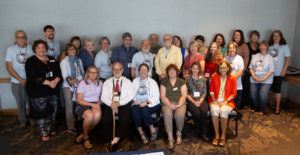
Annual Symposia
Since its inception the Society has held an annual gathering or members’ meeting. In 1991 the Native Plant Society of Texas initiated an educational project designed to explore the ecology
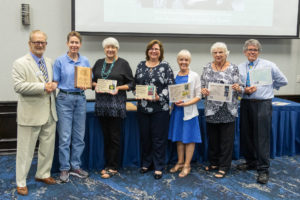
Awards, Honors and Contests
The Native Plant Society of Texas recognizes both individuals and organizations with its annual awards and contests. All award recipients and contest winners are recognized during our spring and fall symposia.
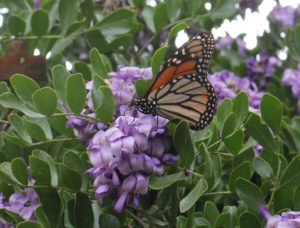
Bring Back the Monarchs to Texas
Help us bring the Monarchs back to Texas! Did you see the Monarchs migrating north in the spring? Or maybe you saw the Monarchs flying south through Texas to return
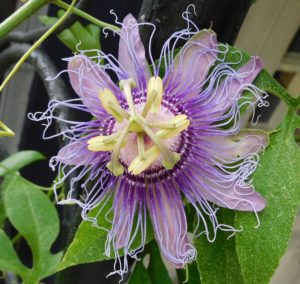
Grants and Scholarships
The Native Plant Society of Texas offers grants and scholarships to Texas university students pursuing studies in Texas native plants, conservation and restoration, biology, horticulture, or related fields.
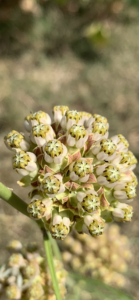
I-35 Monarch Waystations
Monarch waystations on Interstate 35 The Native Plant Society of Texas designed and installed Monarch Waystations featuring native pollinator plants at Texas Department of Transportation highway rest stops in Hill
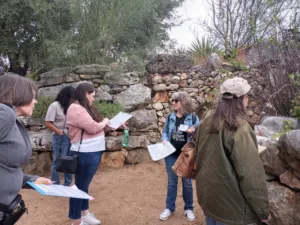
Native Landscape Certification Program
The following classes are currently scheduled. This information is subject to change. Check back later for additional classes. Hybrid classes involve an online presentation and in-person plant walks and exercises
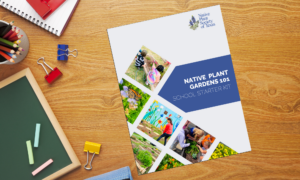
Native Plants in Schools
School Garden Starter Guide Download our PDF quick start guide to creating a Texas native plant garden at your school. School Garden Examples See examples of how schools are creating
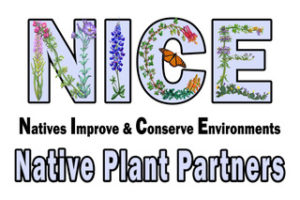
NICE! Native Plant Partners
The NICE Native Plant Partner program is a collaboration between the Native Plant Society of Texas and local nurseries around the state to offer native plants that are right for the local environment. Texas
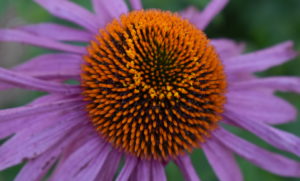
Texas Native Plant Week
Photo by Jerry Hambry What is Texas Native Plant Week? To recognize the role of native plants in conservation and to provide incentive for schools to teach children about the
